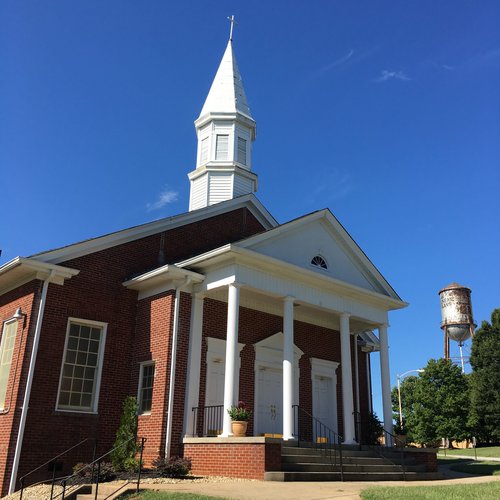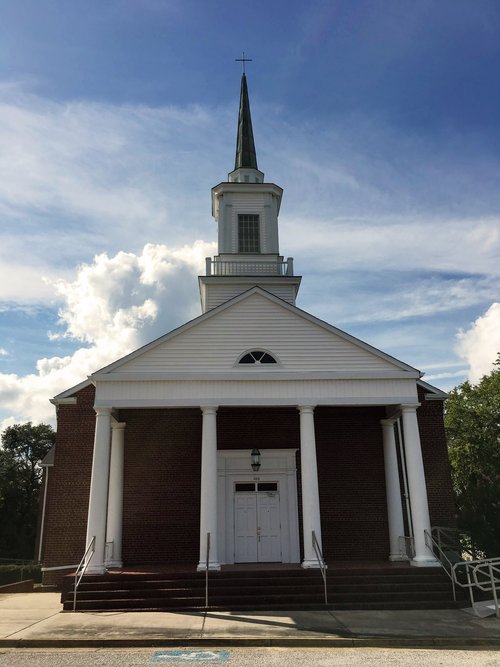Hope Renewed in the Textile Crescent
On April 15, 1912, the Dunean Mill – located in Greenville, South Carolina, opened its doors and officially launched as one of the first electrically operated cotton mills of its day. This new modern design earned the mill its nickname, “the million dollar mill.” No one reading this story is old enough to have read about this when it happened, but even if you were, you wouldn’t have because Dunean Mill opened on the very same day that the RMS Titanic sank to the bottom of the North Atlantic Ocean. News of one the greatest tragedies our country has witnessed stole headlines from all over the world, delaying any news about the launch of Dunean Mill.
When the mill was constructed, 180 houses were also built to provide homes for the workers and their families. By the 1920s, the Dunean Mill had become a community. Hundreds of new jobs and homes were added, along with roads and sidewalks, an elementary school, basketball gym, baseball field, company store, and 3 new churches. You might describe these historic mill communities as a living organism. They had everything they needed to live. Roads and sidewalks connected all the parts and located at the very center was the beating heart of these communities: the churches.
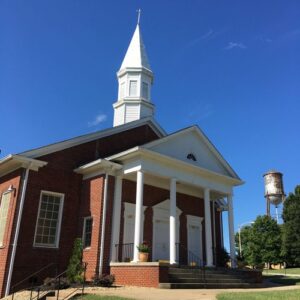
It was in the upper room of the Dunean Community Store that the first community church was planted. Eighteen adults met on November 17, 1912, to organize Dunean Baptist Church. Dunean Baptist would experience tremendous growth over the next several decades, even reaching a membership of nine hundred in the 1950s. Education space was added in three different phases of the church’s life in order to accommodate growing Sunday School attendance. When you ask the older members to describe the “glory days” of Dunean Baptist Church, you might hear them talk about the charismatic preachers who weren’t afraid to speak truth and hurt feelings. They’ll tell you about all the community churches coming together for week-long revivals and people coming down to the altar to receive Christ. You will hear of the great number of children who attended Vacation Bible School, some of whom are still church members today.

When you hear stories like these you can’t help but look around today and ask yourself, “What happened?” How did we go from having too many people and not enough building space, to having too much space and not enough people? How did we end up with more upright pianos than disciples of Jesus? There are several ways we try to make sense of this. For churches like ours, the biggest reason is the closure of the textile mills, which took place in the 1970s. When the textile mills could no longer compete with the competition overseas, they were forced to close, resulting in many people leaving the communities they loved to find jobs elsewhere. You can imagine how detrimental this was for the communities and churches. A dramatic shift began to take place and the communities no longer looked the same. This was true of the Dunean Community as well. Dunean Baptist Church continued to persevere over the next few decades, but rather than seeing steady growth, it experienced a steady decline. With the growing age of the church body and a failure to reach young people, the congregation began to dwindle. Funeral services were at all-time high, while baptisms and baby dedications were few and far between. The only thing that grew was the gap between the church and the community.
This could have been where the story ended for Dunean Baptist, but some available resources and a desire to be used by God to reach a new generation of Dunean homeowners led Dunean Baptist to make some necessary changes. In 2018, Dunean Baptist, under the leadership of Pastor Calvin Holland, reached out to the Greenville Baptist Association to discuss the options available for partnership and revitalization. First Baptist Simpsonville shared a similar desire to help revitalize existing churches and was brought on board. In 2020, during a global pandemic, revitalization plans were built and adopted by the congregation of Dunean Baptist Church. The next two years wouldn’t be easy. Change is never easy for anyone, but this congregation understood that without change their faith and the church they loved would die with them. The revitalization plan included a re-visioning process, changes and updates to facilities, a steady transition of leadership, and healthy mentoring and accountability from the leadership of the Greenville Baptist Association – as well as First Baptist Simpsonville. Don’t misunderstand what I’m saying here. Making updates to facilities, bringing in new leadership, and putting together a compelling vision statement is not a recipe for church growth. These things might help change the climate, which is a good start, but only the Gospel plus time is capable of changing the culture. I wish that two years later I could say that the membership and giving at Dunean Baptist has doubled, but I would be lying. What we do have is a hopeful future. Dunean Baptist has a future because they had a pastor who humbled himself and reached out for the support that was available to him. We have a future because we had a congregation who laid their own personal preferences and comforts aside so that they had a church to pass on to the next generation.
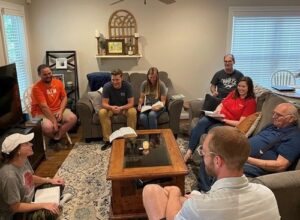
Although church growth rarely happens in our time frame, there are several things that our church can celebrate today that we’re praying will move us forward. We’ve started creating environments and implementing strategies for relational disciple-making to occur. We’re establishing partnerships with other Gospel-centered ministries here in our own backyard, so we can work together to see the community transformed by the Gospel. We’ve implemented community workdays and invited the community to join us in an attempt to become a more caring presence in the community. We’re retaining new visitors, specifically young families with children – some of which have completed our pathway to become meaningful members of our church. Most importantly, we’ve become intentional about making the Gospel the central focus of all our ministries.
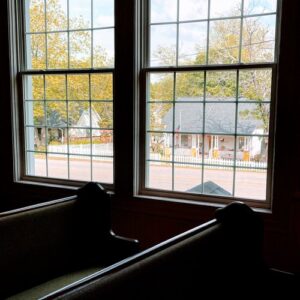
The Dunean Community consists of approximately 600 homes, not including the neighboring communities you could walk to. Many of these homes are filled with people and families who have little to no comprehension of the Gospel, or the hope that is available to them in Jesus Christ. It’s hard to call yourself a healthy church if the community around you is spiritually unhealthy. The end goal is not just to see our church revitalized, but to see a community transformed by the Gospel of Jesus Christ. Today, we’re learning how to become dependent on God as we seek to share the Gospel with the unreached and see spiritually dead people raised to new life in Christ. This has been and will always be the goal. Not just life-change, but dead people brought to life. Until we as the Church begin seeing this taking place in our respected communities, we should all be doing the work of church revitalization. If we’re not committing ourselves to the work of revitalization, we are, as the cliche saying goes, “Simply rearranging the deckchairs on the Titanic.”
This article was written by Stephen Leopard, Pastor of Dunean Church, and edited by Hope for Churches, a ministry of the SC Baptist Convention Church Strategies Group.
